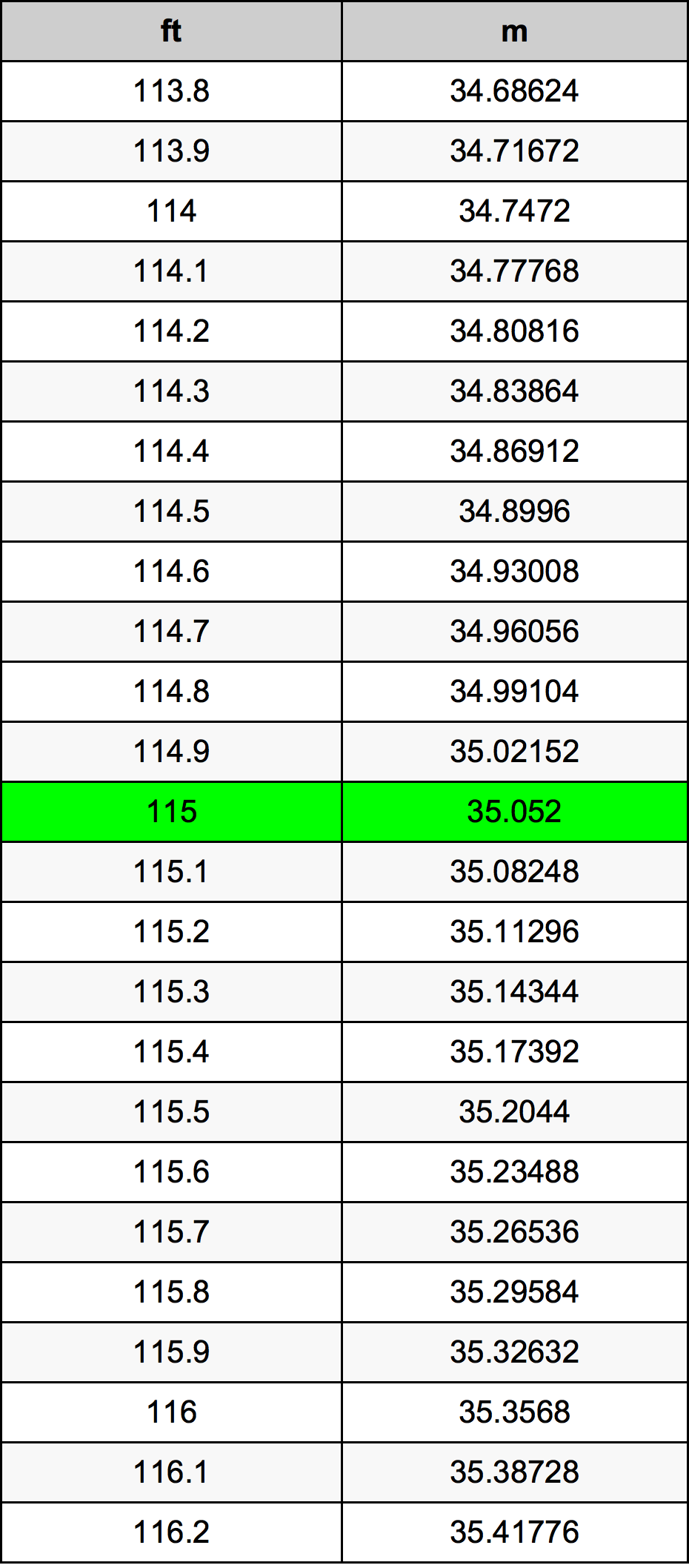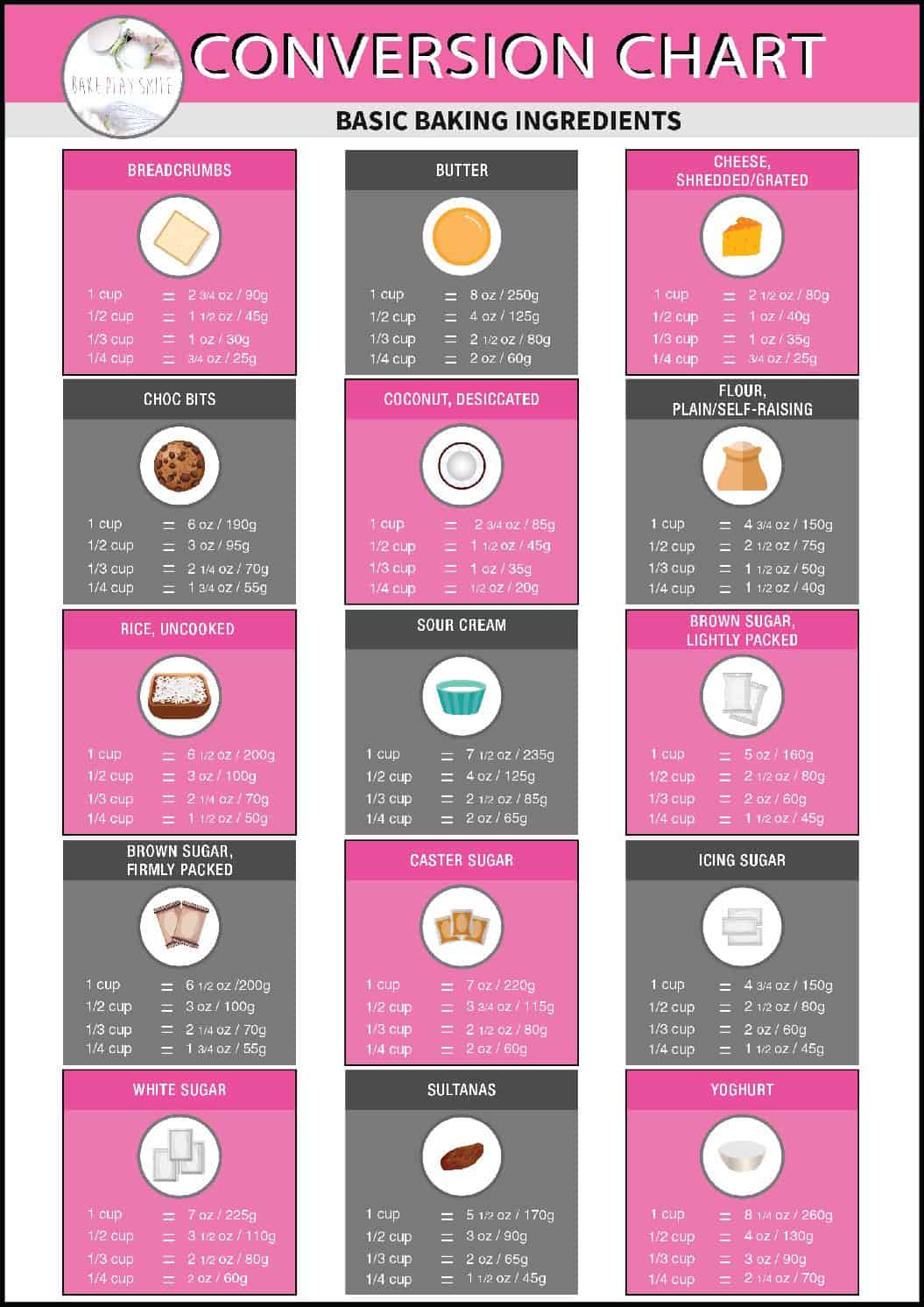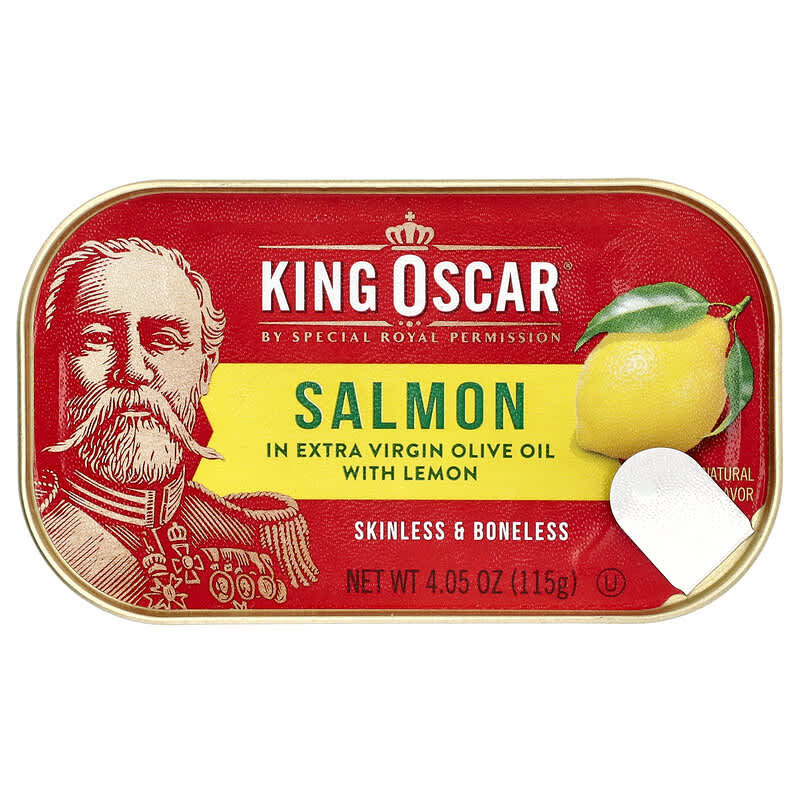Converting 115g to Ounces: A Simple Guide to Understanding Kitchen Conversions
Kitchen measurements can often be a source of confusion, especially when recipes or packaging originate from different parts of the world. Understanding these conversions is not just about precision in cooking or baking; it’s about the joy and satisfaction of preparing meals. Today, we delve into the straightforward conversion of 115 grams (g) to ounces (oz), which is one of many basic yet essential conversions useful in the kitchen.
To convert grams to ounces, it’s helpful to know that 1 ounce is approximately 28.35 grams. Therefore, if you have an ingredient that weighs 115 grams:

[ text{Weight in ounces} = frac{text{Weight in grams}}{28.35} ]
Performing this calculation:
[ 115 div 28.35 = 4.06 ]
Thus, 115 grams is equal to 4.06 ounces.
Now, why would this conversion be important for you? Imagine you’re preparing a recipe from an American cookbook, and it calls for 4 ounces of butter. If your butter is marked in grams, or you live in a country where grams are the standard measurement, this conversion will come in handy. Here are a few reasons why understanding this conversion is beneficial:
-
Precision in Recipes: Baking, unlike cooking, often requires exact measurements. A slight deviation can result in a very different outcome (either delightfully surprising or disappointingly so). Knowing exactly how to convert between units can make a significant difference.
-
Dietary Tracking: For those who track their food intake for health or dietary reasons, being familiar with these units allows for more accurate caloric or nutritional intake assessment.
-
Ease of Ingredient Substitution: Sometimes, the desired ingredient isn’t available. If, for instance, you need to replace 115 grams of chocolate with a similar product in ounces, this conversion ensures your substitution maintains the recipe’s balance.

-
International Cooking: Recipes from around the world often use different units of measurement. Becoming adept in these conversions opens up a new world of culinary exploration without the hassle of guesswork.
-
Professional Kitchens: For chefs working in environments where recipes might come from various sources, understanding these measurements is crucial for consistency and quality control.
Given these points, here are some additional tips to keep in mind:
-
Rounding: While 4.06 ounces is precise, in most kitchen applications, rounding to the nearest 0.1 or 0.5 might be sufficient. Here, 115 grams rounds neatly to 4 ounces.
-
Digital Scales: Modern digital kitchen scales often provide readings in both grams and ounces. Using such a scale can eliminate the need for manual conversion, though understanding the conversion still adds to your culinary knowledge.
-
Consistency: If a recipe provides measurements in grams, try to maintain the same unit throughout for consistency, reducing the chance of error.
In practice, whether you’re measuring flour, sugar, or any other ingredient, knowing these conversions cannot only save time but also enhance your confidence in the kitchen. Moreover, while this article focuses on 115 grams, understanding this single conversion can set the foundation for broader metric to imperial conversions which can be scaled up or down depending on the weight in question.
Remember, cooking and baking are arts, but they also require a touch of science. The next time you encounter 115 grams in a recipe, you’ll know how much it is in ounces, leading to a more seamless and enjoyable cooking experience. This simple yet significant conversion reflects the beauty of blending precision with creativity in the kitchen.




